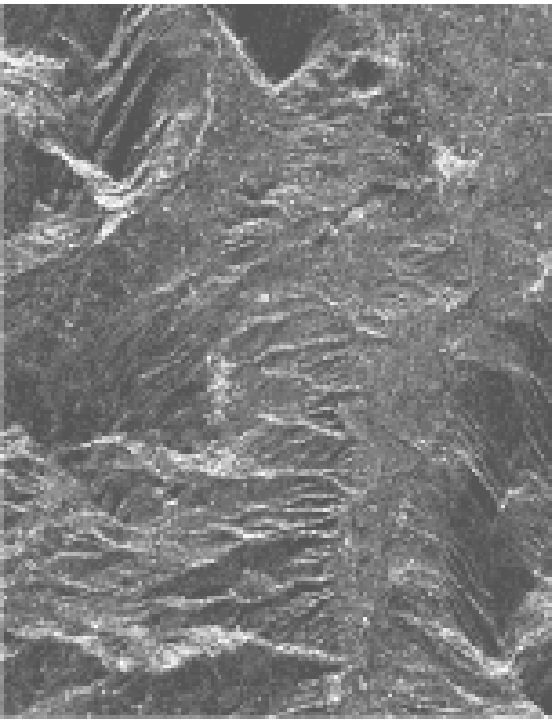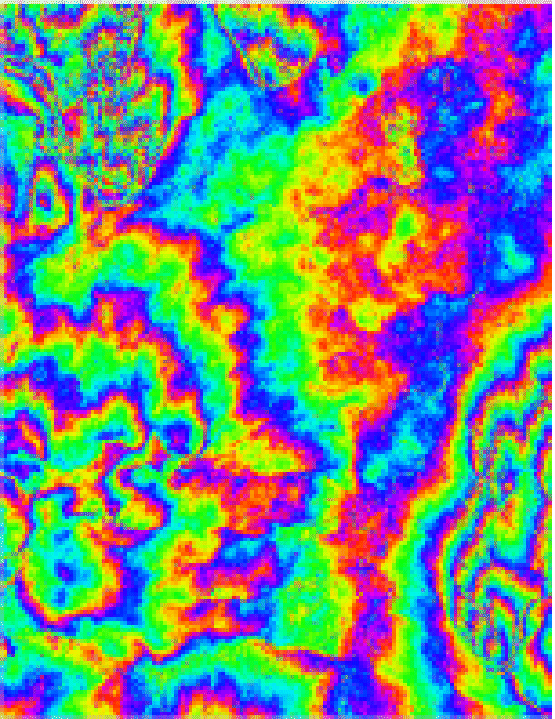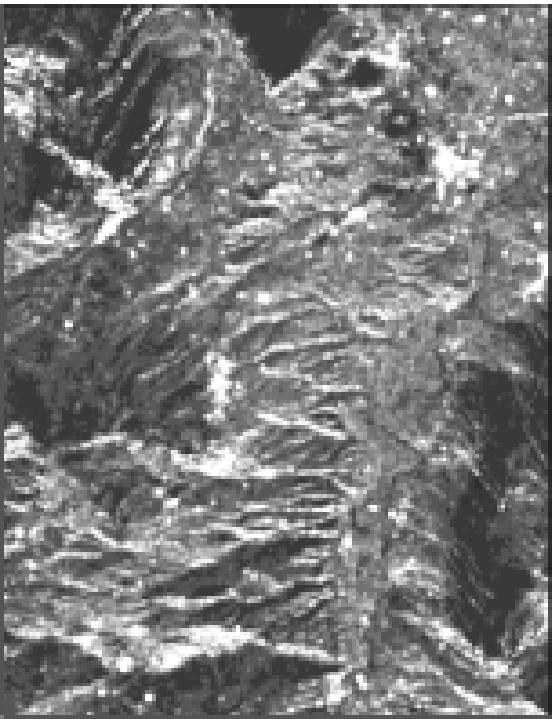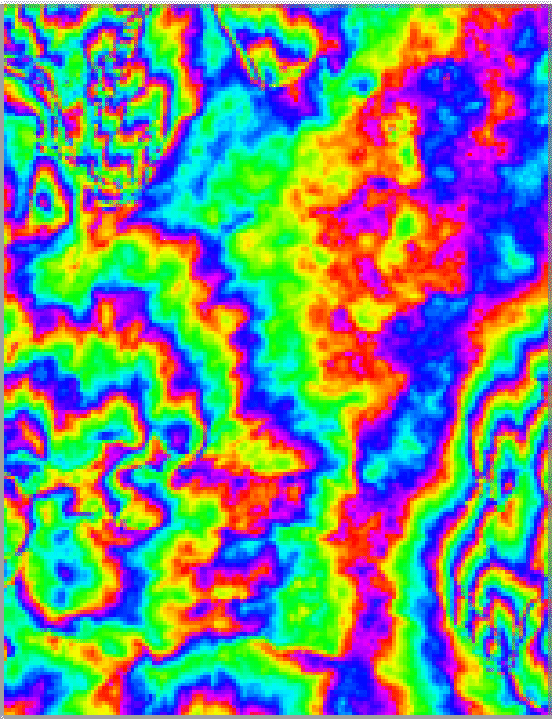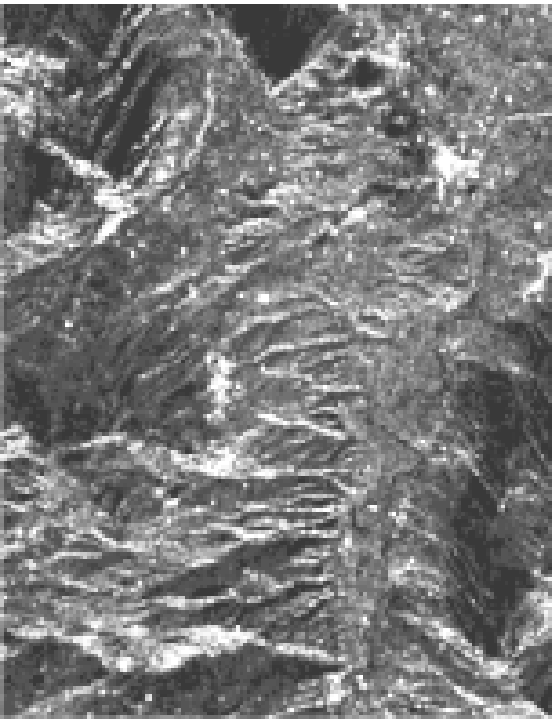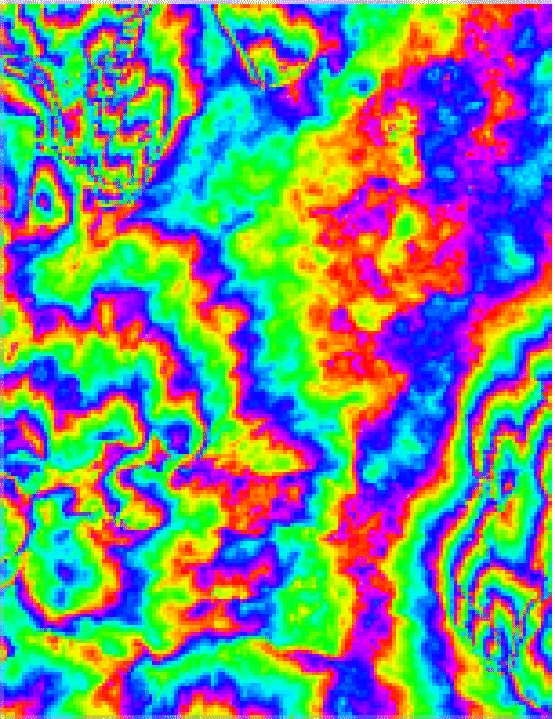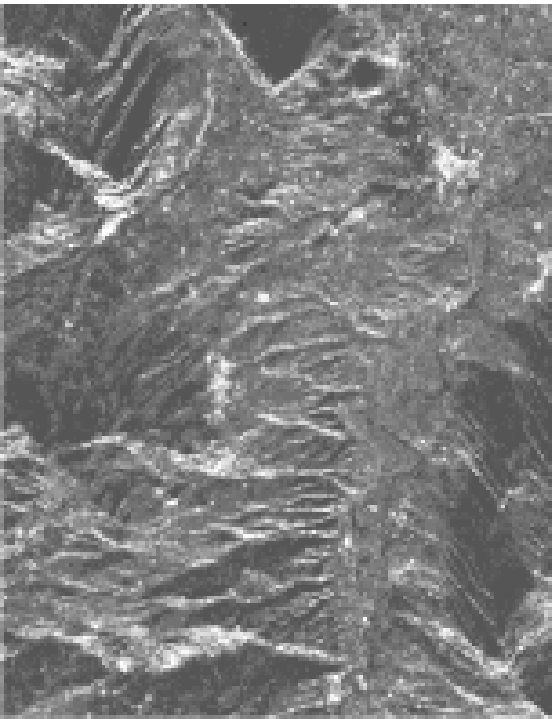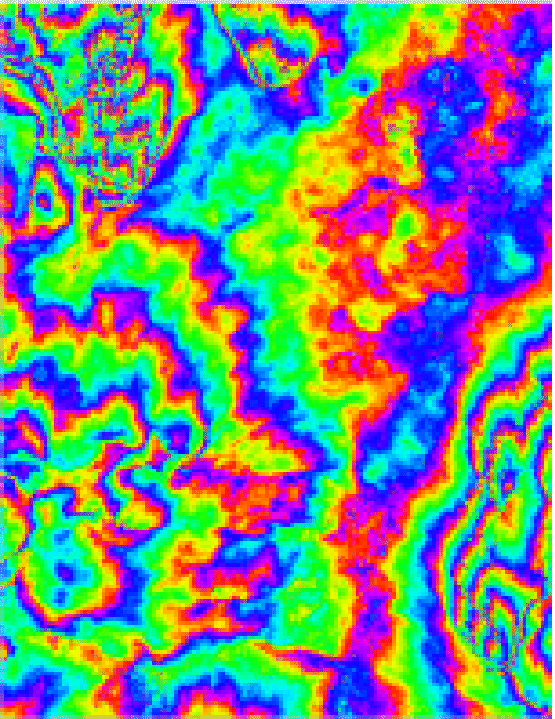



Next: Implementation
Up: FILTPHASE
Previous: Input Cards
Contents
The process control flag for this step is switched on in the products result file:
filtphase: 1
And in the same result file a section will be added like (except if
PF_IN_FILE is specified):
*******************************************************************
*_Start_filtphase:
*******************************************************************
Method: goldstein: size, alpha, overlap: 32 0.5 4
Input_file: Outdata/cint.srp.raw
Data_output_file: cint.0.5gf
Data_output_format: complex_real4
First_line (w.r.t. original_master): 1073
Last_line (w.r.t. original_master): 4302
First_pixel (w.r.t. original_master): 148
Last_pixel (w.r.t. original_master): 985
Multilookfactor_azimuth_direction: 10
Multilookfactor_range_direction: 2
Number of lines (multilooked): 323
Number of pixels (multilooked): 419
*******************************************************************
* End_filtphase:_NORMAL
*******************************************************************
Figure 29.1:
Magnitude of unfiltered complex interferogram.
|
|
Figure 29.2:
Phase of unfiltered complex interferogram.
|
|
Figure 29.3:
Magnitude of filtered complex interferogram. (Method:
spatialconv.) A spatial convolution with a kernel [1 4 9 4 1]
was used. Clearly a lot of detail is lost.
|
|
Figure 29.4:
Phase of filtered complex interferogram. (Method:
spatialconv.) A spatial convolution with a kernel [1 4 9 4 1]
was used. Clearly a lot of detail is lost.
|
|
Figure 29.5:
Magnitude of filtered complex interferogram. (Method:
spectral.) A pointwise multiplication in the spectral domain by a
32 point hamming filter was used, a blocksize of 32, and an
overlap of 4.
|
|
Figure 29.6:
Phase of filtered complex interferogram. (Method:
spectral.) A pointwise multiplication in the spectral domain by a
32 point hamming filter was used, a blocksize of 32, and an
overlap of 4.
|
|
Figure 29.7:
Magnitude of filtered complex interferogram. (Method:
goldstein.) parameters used are alpha=0.5, smooth=3, overlap=4.
This filter seems to preserve most detail.
|
|
Figure 29.8:
Phase of filtered complex interferogram. (Method:
goldstein.) parameters used are alpha=0.5, smooth=3, overlap=4.
This filter seems to preserve most detail.
|
|




Next: Implementation
Up: FILTPHASE
Previous: Input Cards
Contents
Leijen
2009-04-14
